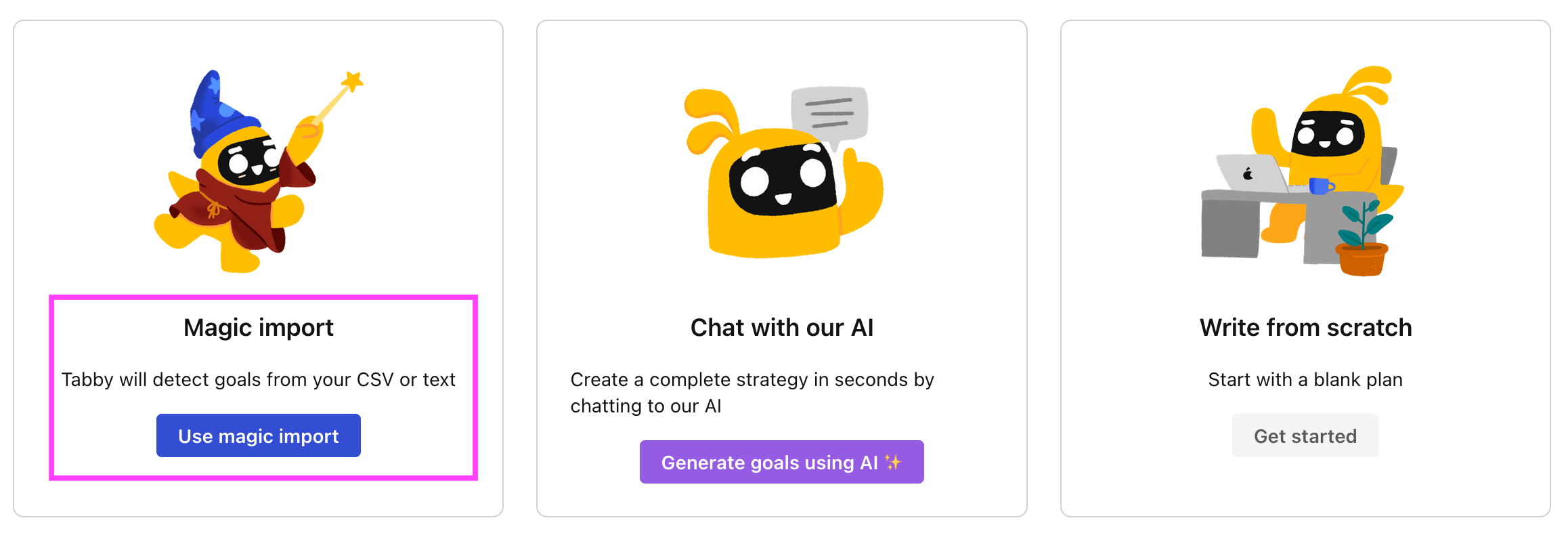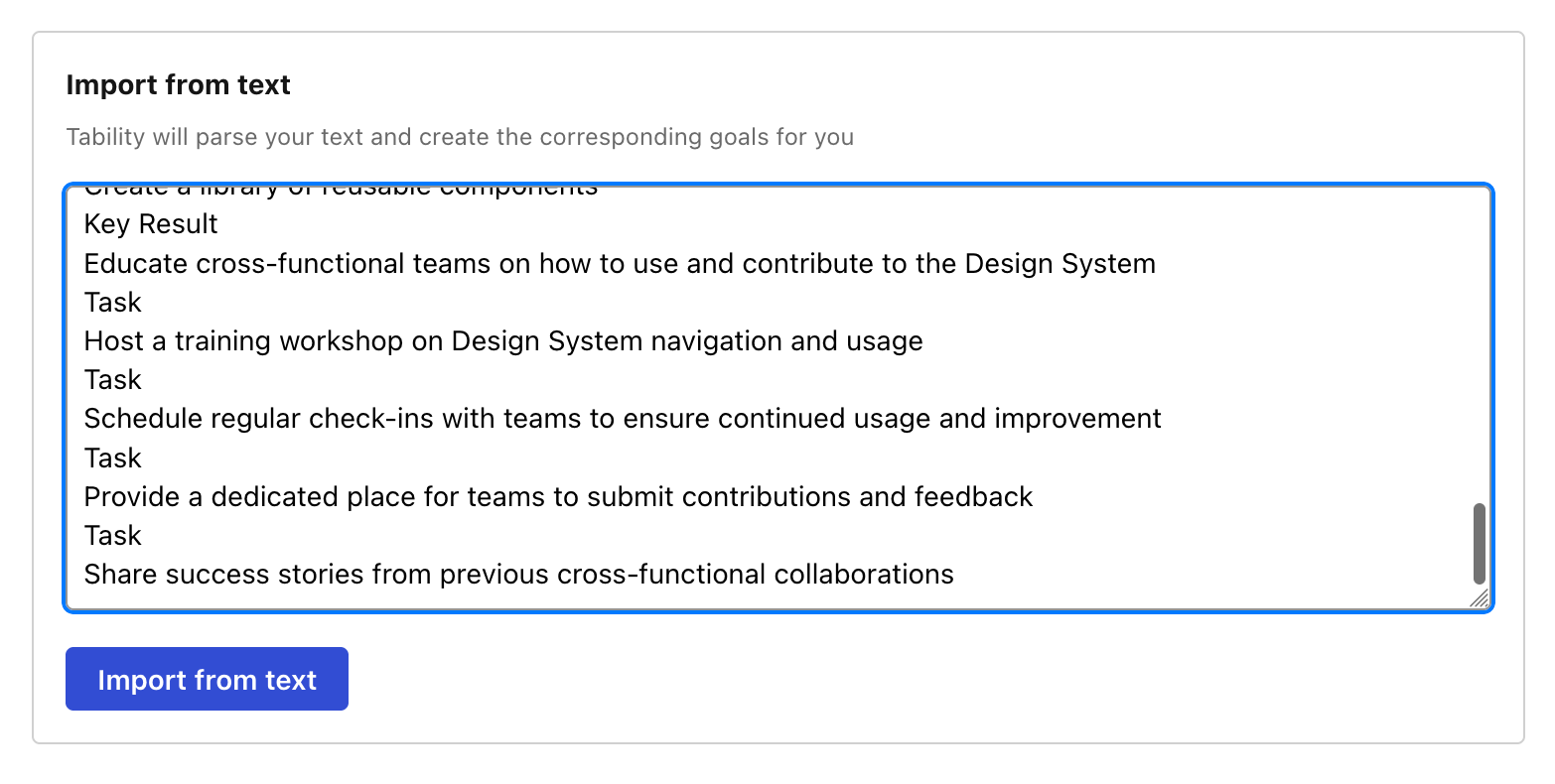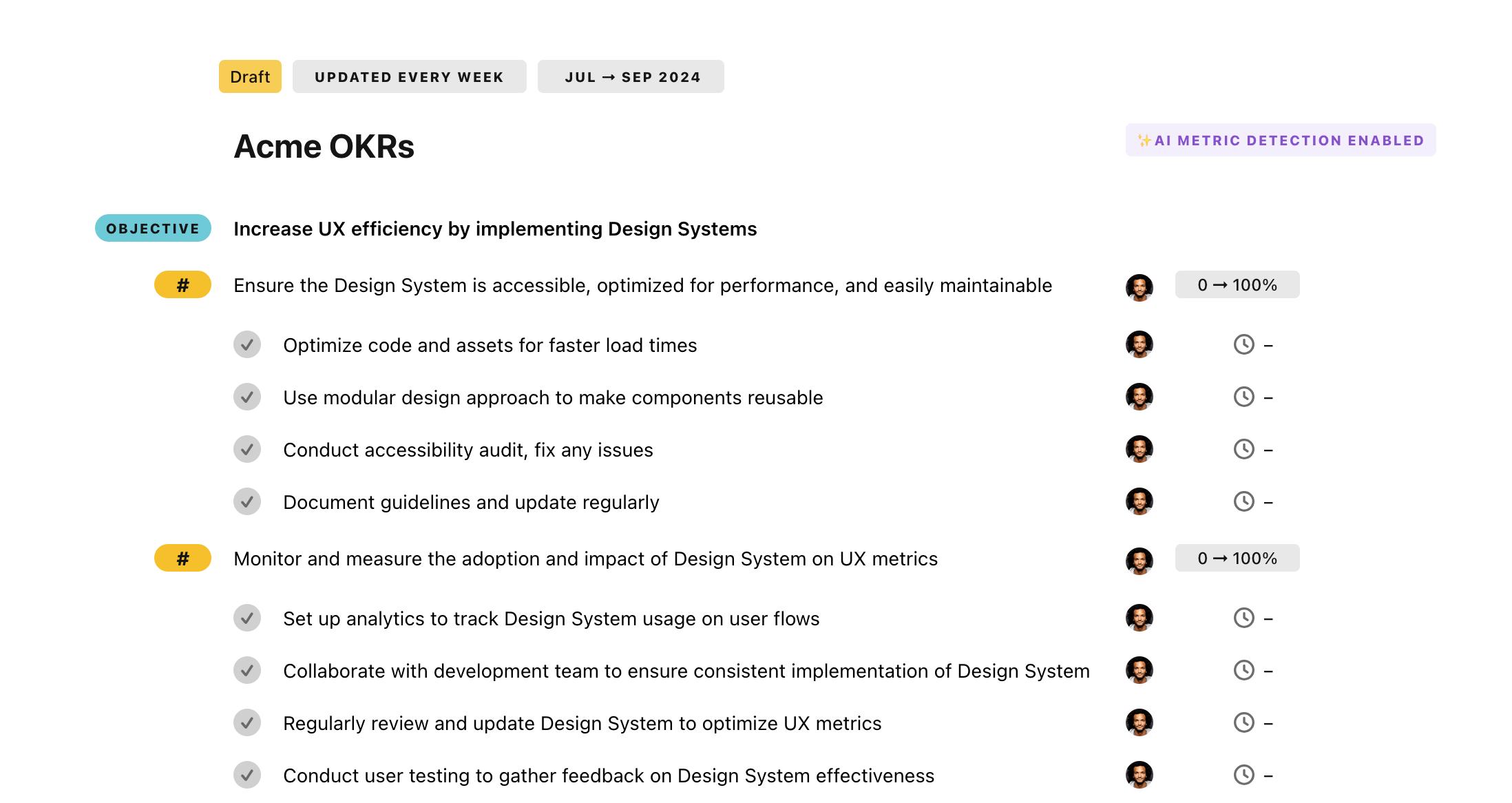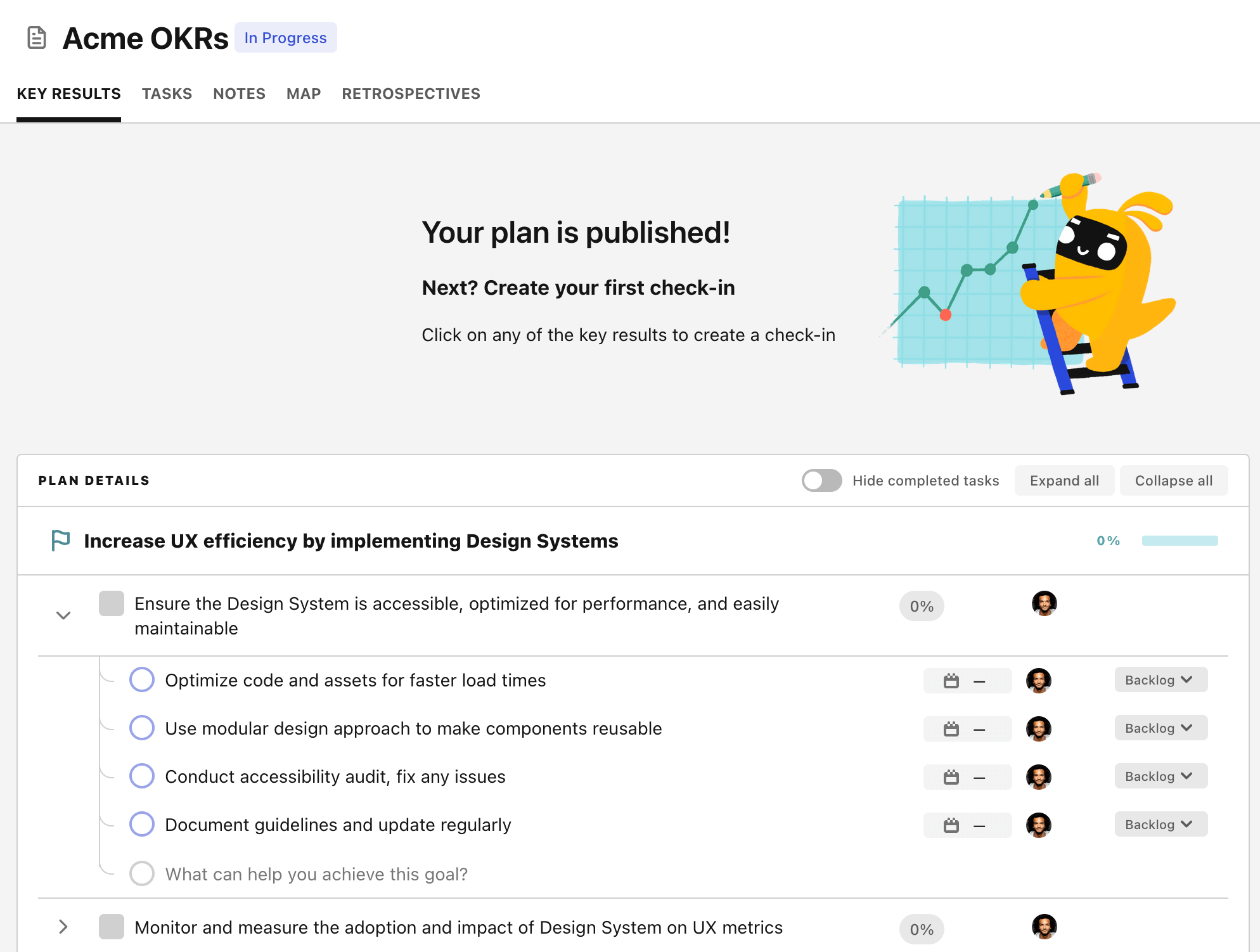OKR template to enhance proficiency in answering sales pitches
Your OKR template
The second objective focusses on practical application through rehearsing 10 different mock pitches on a weekly basis. This process includes determining 10 varied sales scenarios to role-play each week, documenting outcomes, feedback, and improvements, and allocating specific weekly time for mock sales pitch practice.
The third objective aims for an increase in positive consumer feedback on response efficiency. A rise of 15% is targeted. To achieve this, comprehensive customer service training for staff will be implemented. This includes a regular review and enhancement of communication channels and streamlining response procedures for faster turnaround times.
The desired result of this OKR is to refine the sales pitch capabilities of the team, augmenting consumer perception and augmenting the company's sales success. Implementing the planned initiatives will ensure staff receive training, practice, and consistent improvement in their sales pitch responses.
ObjectiveEnhance proficiency in answering sales pitches
KRAttend two industry-specific sales response training sessions
KRPractice with 10 different mock sales pitches weekly
Identify 10 diverse sales scenarios to role-play each week
Document outcomes, feedback, and improvements after each pitch
Allocate specific time weekly for mock sales pitch practice
KRAchieve a 15% increase in positive consumer feedback on response efficiency
Implement comprehensive customer service training for staff
Regularly review and improve communication channels
Streamline response processes for quicker turnaround
How to edit and track OKRs with Tability
You'll probably want to edit the examples in this post, and Tability is the perfect tool for it.
Tability is an AI-powered platform that helps teams set better goals, monitor execution, and get help to achieve their objectives faster.
With Tability you can:
- Use AI to draft a complete set of OKRs in seconds
- Connect your OKRs and team goals to your project
- Automate reporting with integrations and built-in dashboard
Instead of having to copy the content of the OKR examples in a doc or spreadsheet, you can use Tability’s magic importer to start using any of the examples in this page.
The import process can be done in seconds, allowing you to edit OKRs directly in a platform that knows how to manage and track goals.
Step 1. Sign up for a free Tability account
Go tohttps://tability.app/signup and create your account (it's free!)
Step 2. Create a plan
Follow the steps after your onboarding to create your first plan, you should get to a page that looks like the picture below.

Step 3. Use the magic importer
Click on Use magic import to open up the Magic Import modal.
Now, go back to the OKR examples, and click on Copy on the example that you’d like to use.

Paste the content in the text import section. Don’t worry about the formatting, Tability’s AI will be able to parse it!

Now, just click on Import from text and let the magic happen.

Once your example is in the plan editor, you will be able to:
- Edit the objectives, key results, and tasks
- Click on the target 0 → 100% to set better target
- Use the tips and the AI to refine your goals
Step 4. Publish your plan
Once you’re done editing, you can publish your plan to switch to the goal-tracking mode.

From there you will have access to all the features that will help you and your team save hours with OKR reporting.
- 10+ built-in dashboards to visualise progress on your goals
- Weekly reminders, data connectors, and smart notifications
- 9 views to map OKRs to strategic projects
- Strategy map to align teams at scale